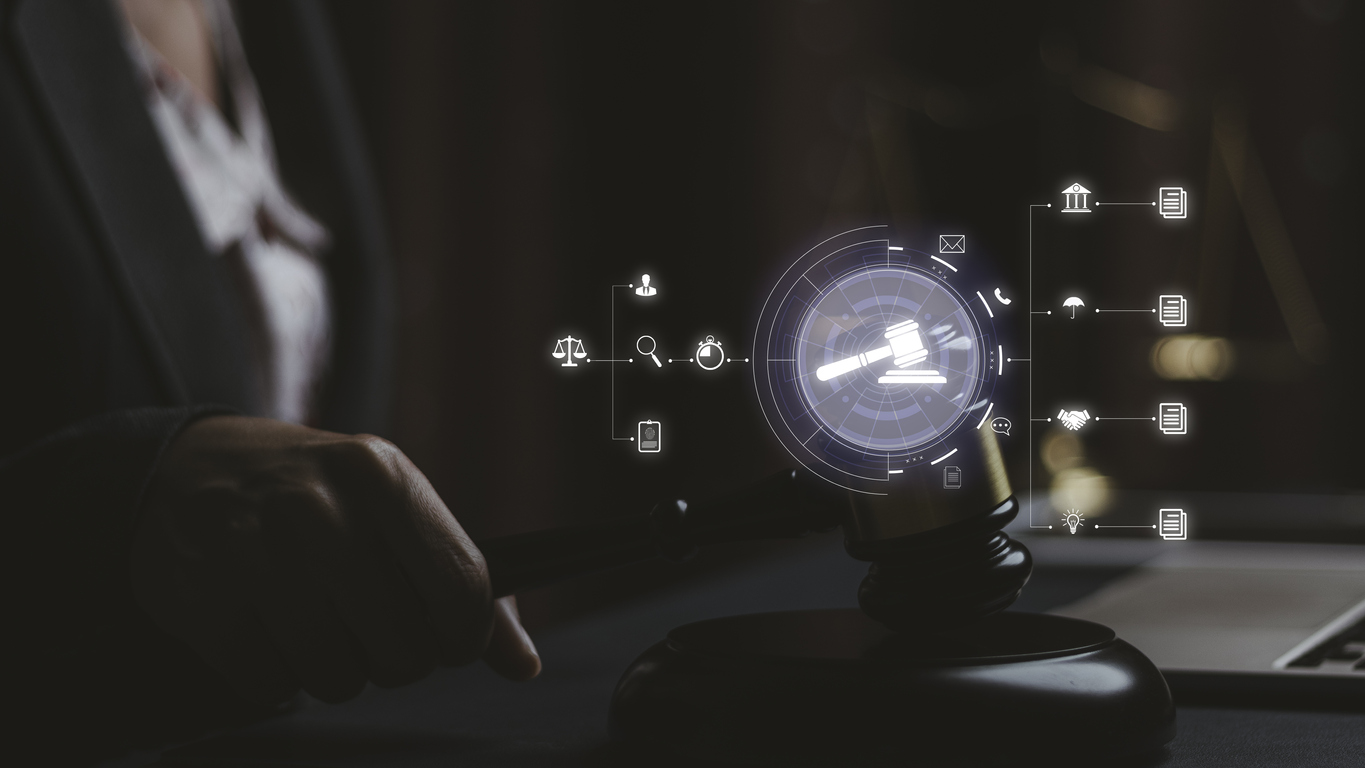Challenges Facing Lawyers in eDiscovery
While short message data can be a valuable source of evidence, there are numerous challenges that lawyers face when collecting, processing, and reviewing it. Some of these challenges include:
- Data retention policies: Many organizations have data retention policies that delete short message data after a certain period of time. This can make it difficult to collect all of the relevant data, especially if the litigation is commenced long after the messages were sent and received.
- Data volume: Short message data can be voluminous, making it difficult and time-consuming to review.
- Data format: Short message data can be stored in myriad formats, including SMS, WhatsApp, Facebook Messenger, and so many more. This can make it difficult to collect and process the data using traditional eDiscovery tools.
There are Solutions…
There are a few options for lawyers to address the challenge of collecting, processing, and reviewing short message data for eDiscovery. Most popular are using specialized eDiscovery solutions and working with a qualified eDiscovery vendor. Whatever path legal teams choose, the collection must be done defensibly.
Tips for Legal Teams
Here are a few tips for lawyers who are collecting, processing, and reviewing short message data in eDiscovery:
- Identify all relevant data sources: The first step is to identify all of the relevant data sources, such as mobile devices, cloud storage accounts, and social media accounts.
- Preserve the data: Once the relevant data sources have been identified, work to preserve the data so it cannot be altered or destroyed. This may involve taking screenshots, creating backups, or using a litigation hold.
- Collect the data: Then data can be collected using a variety of methods, such as manual collection, forensic collection, or cloud collection.
- Process the data: After collection, the data needs to be processed in order to make it searchable and reviewable. This may involve converting the data to a common format, extracting metadata, and removing duplicate data.
- Review the data: Once the data has been processed, it can be reviewed by lawyers or by experienced eDiscovery reviewers. The reviewers will look for evidence that is relevant to the litigation and use analytics and culling techniques where applicable to even reduce the size of the data set for production.
Conclusion
Short message data can be a valuable source of evidence in eDiscovery - and its prominence will likely only increase as time goes on - but it presents a number of challenges for lawyers. By using specialized eDiscovery tools and working with a qualified eDiscovery vendor, lawyers can overcome these challenges and collect, process, and review short message data in a timely and cost-effective manner.
For more information on short message data, check out our guide, "Mastering Short Message Data: A Guide to Defensible Collection and Review".



